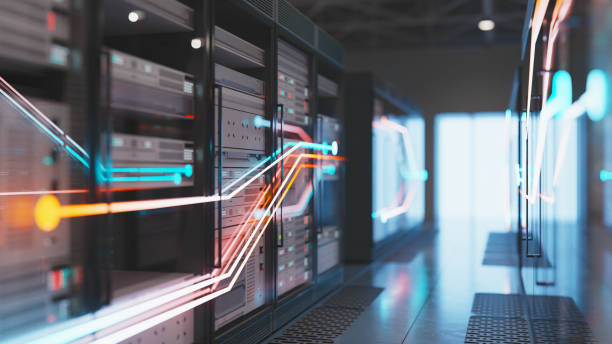Monitoring on U.S. servers is a critical step in ensuring server stability, performance, and security, and monitoring tools and platforms often provide real-time dashboards, reports, and alerts that allow administrators to stay on top of server health and respond quickly to potential issues. Monitoring on U.S. servers has multiple implications, helping to maintain server performance, security, and availability. Here are some important implications of monitoring U.S. servers.
Real-time performance monitoring
Monitoring allows you to track server performance metrics in real time, including CPU usage, memory usage, disk space, network traffic, and more. With real-time monitoring, you can quickly detect potential performance issues and take timely action to prevent performance degradation.
Fault detection and early warning
A monitoring system can detect and alert you about possible failures or anomalies, such as hardware failures, network problems, or service crashes. An early warning system notifies administrators in time, helping to respond quickly to problems and reducing potential downtime.

Resource utilization optimization
By monitoring resource usage, you can better optimize resource allocation and avoid overusing some resources and causing bottlenecks in others. This helps improve the overall efficiency of the server.
Performance analysis and planning
Based on the analysis of monitoring data, you can perform more in-depth performance analysis to understand the performance of servers under different loads. This helps plan for future resource requirements and ensures that the server can meet the growth of the business.
Security threat detection
Monitoring can help detect potential security threats, including abnormal login attempts and malicious traffic. Real-time monitoring of security incidents can help identify potential risks in advance and strengthen server security.
Logging and auditing
Monitoring tools often generate detailed log information for auditing and tracking system activity. This is important for troubleshooting, compliance, and security audits.
User experience optimization
Monitoring not only focuses on the performance of the server itself, but also monitors the availability of applications and services. By monitoring the user experience, you can better understand how users are feeling when they visit a website or app, and resolve issues that may affect the user experience in a timely manner.
Compliance requirements
For some industries and regulations, such as PCI DSS (Payment Card Industry Data Security Standard), HIPAA (U.S. Health Insurance Mobility and Accountability Act), and others, monitoring is part of meeting compliance requirements.
Taken together, monitoring U.S. servers is a key tool to ensure their stable and efficient operation, while improving security and user experience. By responding to monitoring data in a timely manner, administrators can effectively manage and maintain U.S. servers and improve the overall performance of the system.

 EN
EN
 CN
CN









